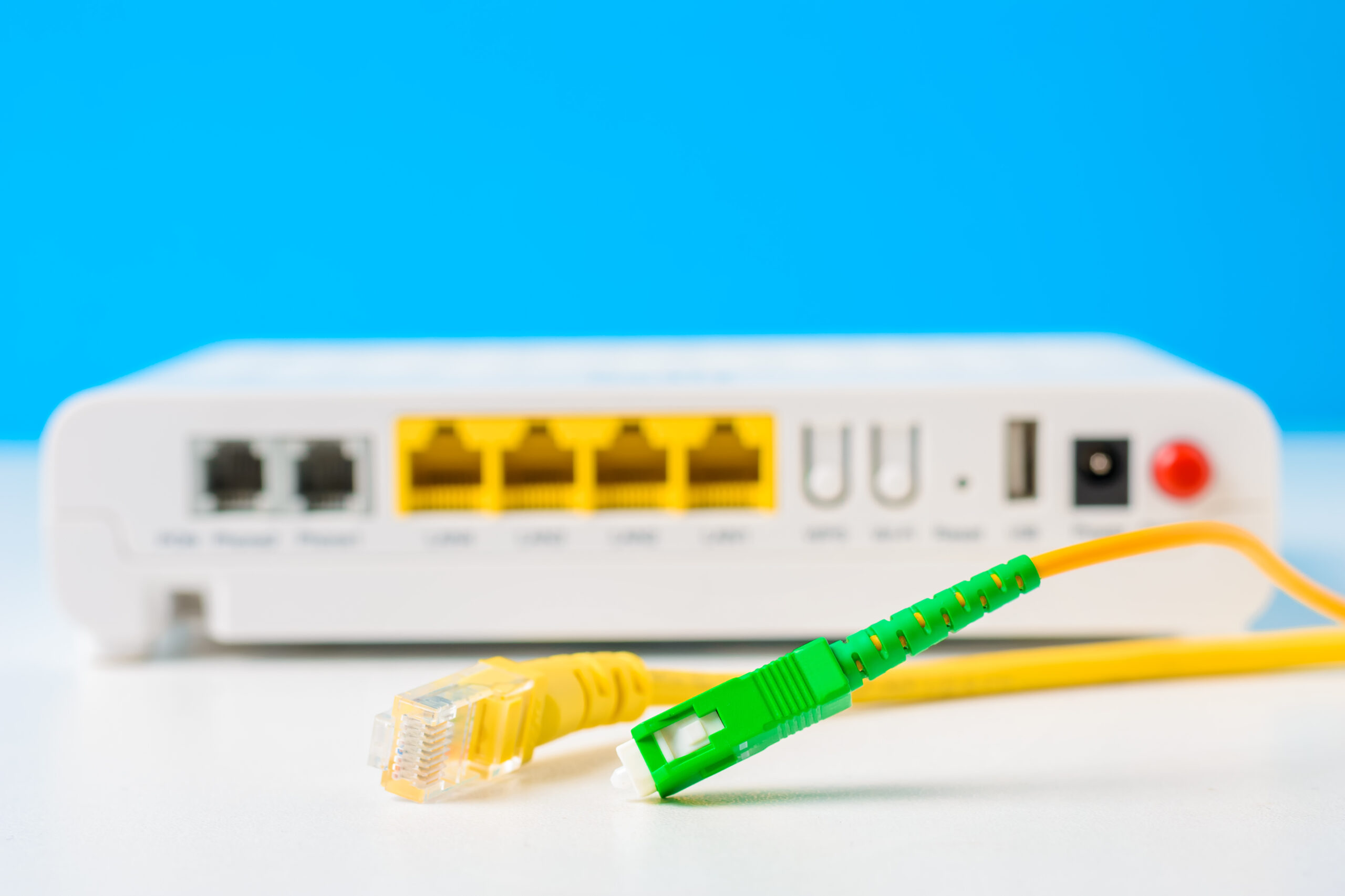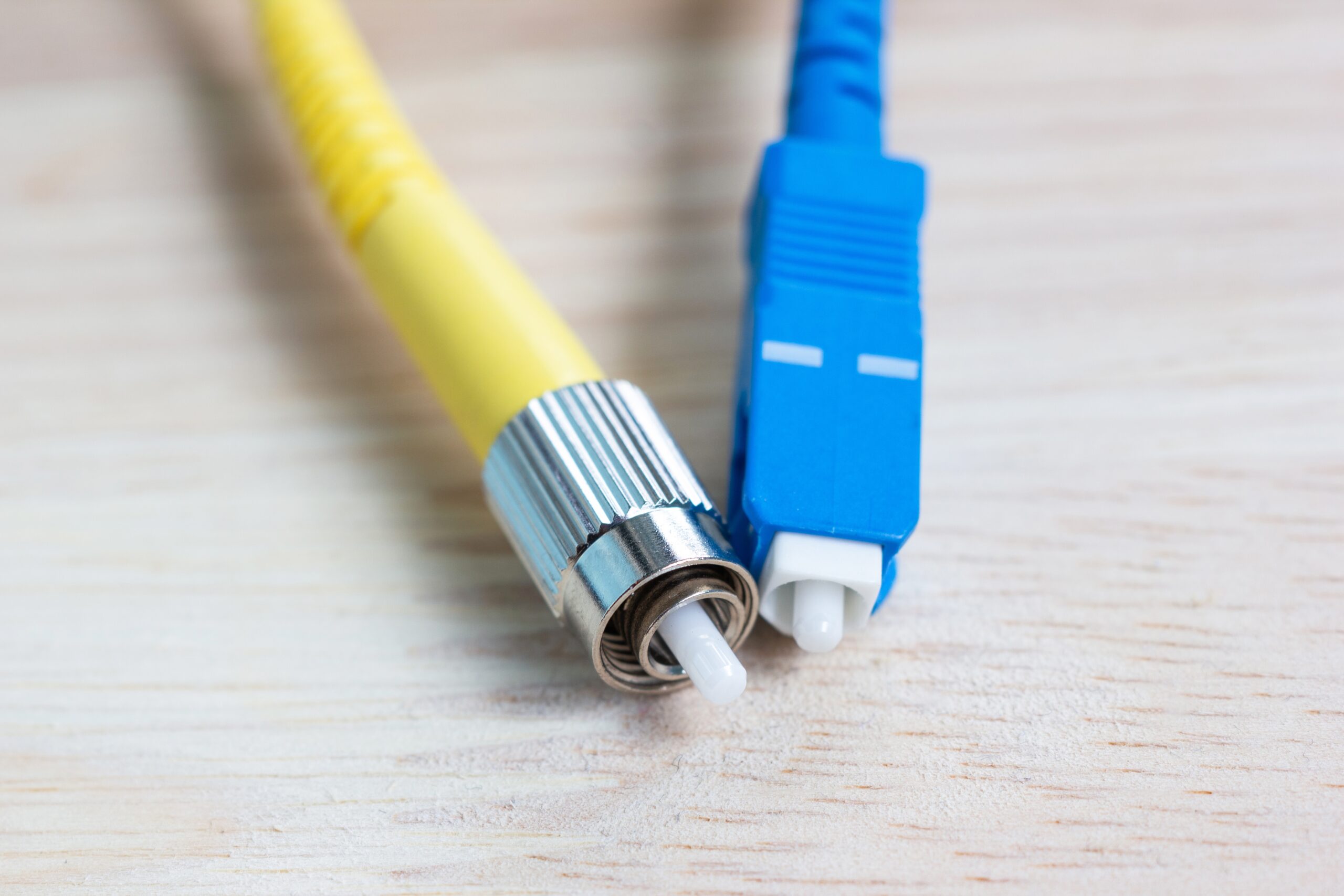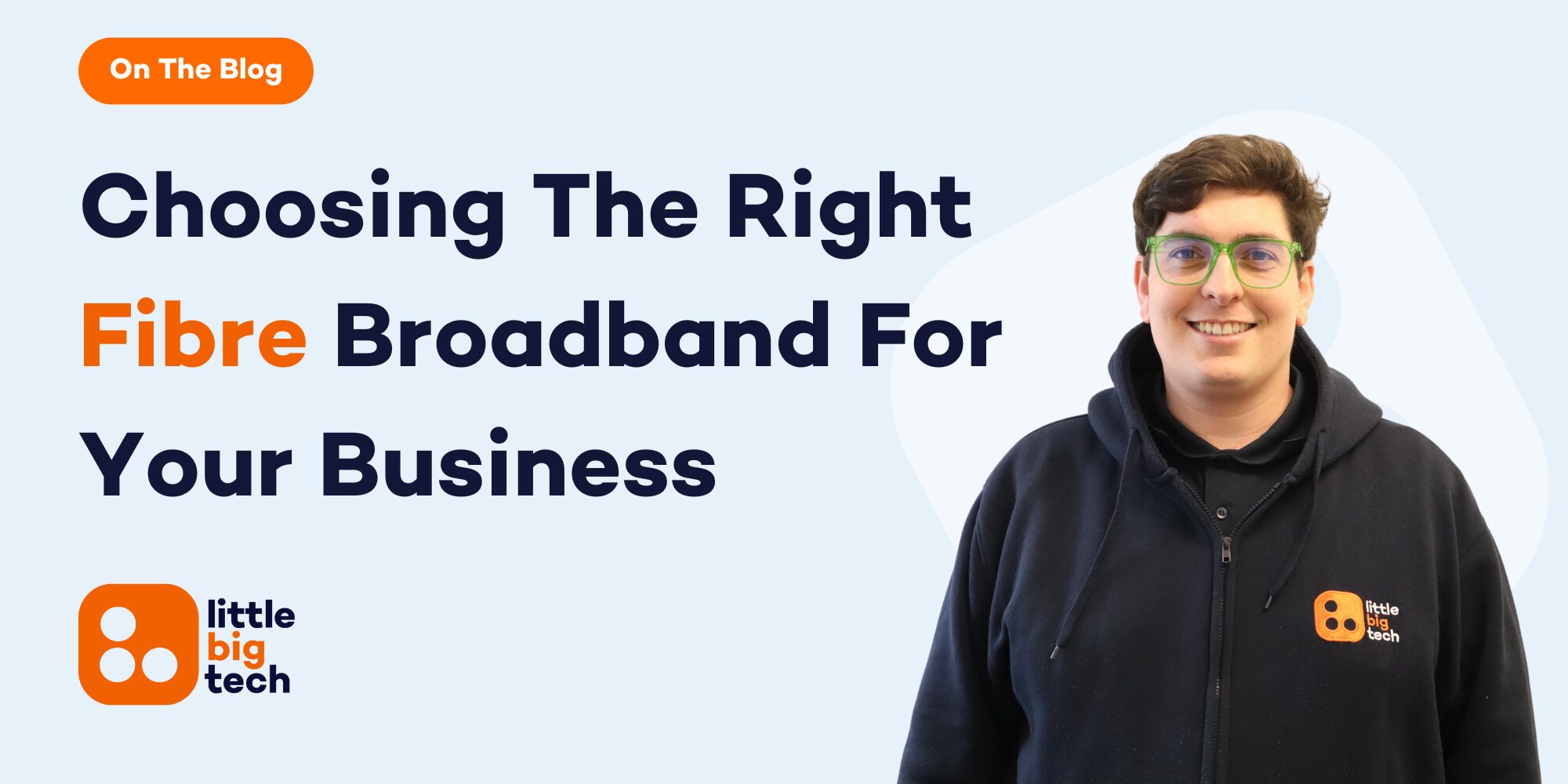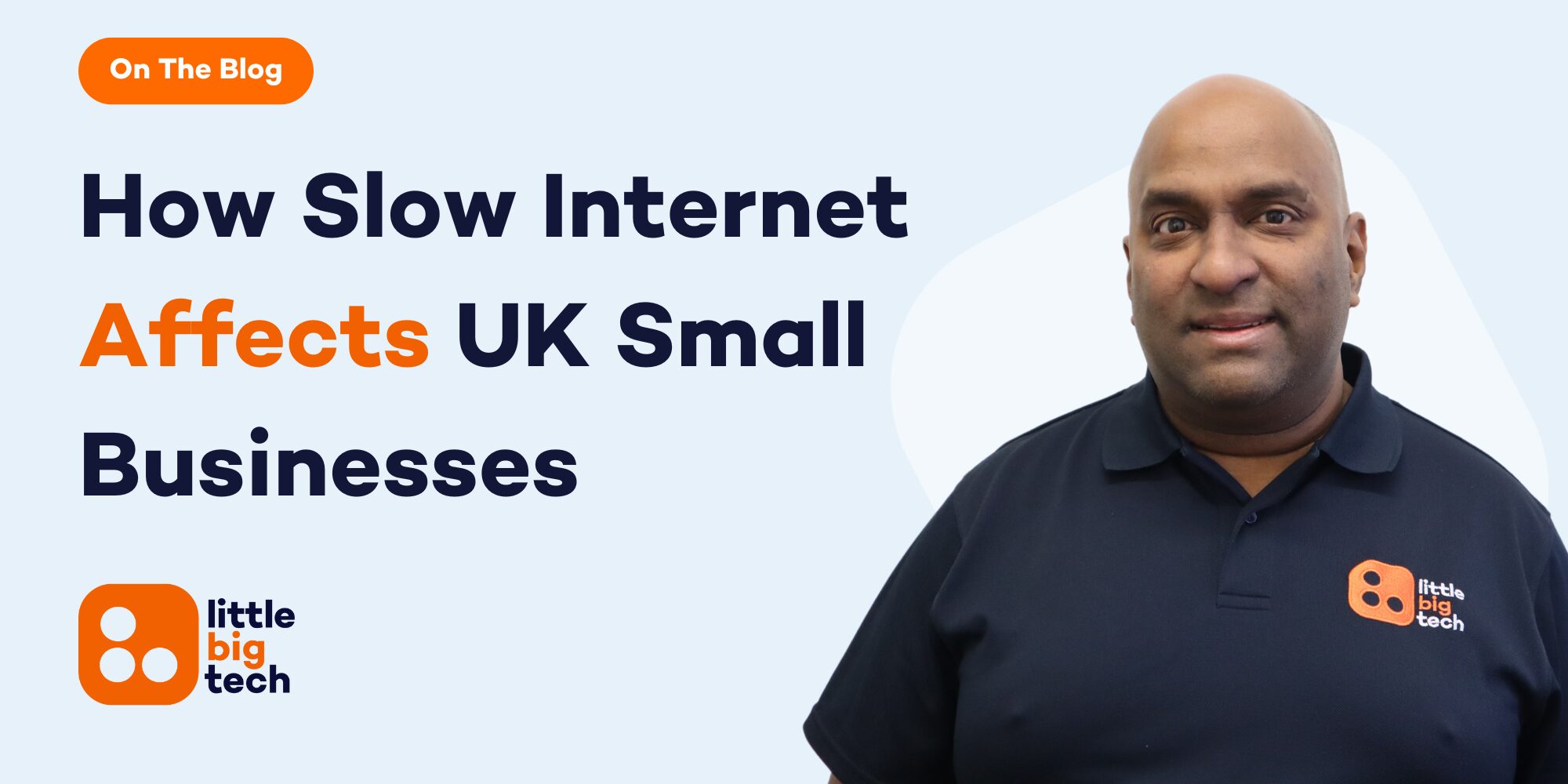What Does SoGEA Vs FTTC Mean For Business Internet In 2025?
SoGEA or FTTC is now one of the most important decisions UK businesses must make when reviewing or upgrading their internet connection. These two technologies are often presented as similar, but there are key differences that affect speed, reliability, and long-term suitability.
SoGEA stands for Single Order Generic Ethernet Access. It delivers fibre broadband to your premises without the need for a traditional phone line. It uses the same underlying infrastructure as FTTC but simplifies the service by removing the dependency on the old PSTN copper network.
FTTC, or Fibre To The Cabinet, connects your business to the internet through a fibre line running from the local exchange to a roadside cabinet, and from there, copper cables complete the journey to your building. This setup has been widely used across the UK for the past decade.
As Openreach continues its nationwide copper switch-off, many businesses are being prompted to consider newer options. That’s where SoGEA comes in — offering similar speeds to FTTC but with a futureproof, single-line service that supports IP-based technologies more effectively.
This article compares SoGEA and FTTC across the areas that matter most: technical setup, performance in live business environments, reliability, and cost. If you’re planning a connectivity upgrade or simply want to avoid disruption as copper services are phased out, this guide will help you make an informed decision.
Main Technical Differences Between SoGEA And FTTC
Understanding SoGEA vs FTTC at a technical level helps clarify which solution is better suited to modern business use. Here are the key differences:
Copper vs full digital delivery: FTTC still relies on copper cabling from the cabinet to your office, which limits speed and signal stability. SoGEA removes the voice element and is designed for digital-only service, giving a cleaner, more stable connection.
PSTN dependency: FTTC runs over the legacy PSTN (Public Switched Telephone Network), which is being switched off in 2025. SoGEA does not require a phone line, making it ready for a fully digital environment.
Speed caps and upload/download profiles: FTTC services typically offer download speeds up to 80 Mbps and upload speeds up to 20 Mbps. SoGEA mirrors these figures but with less overhead from bundled voice services, resulting in more consistent performance.
Installation and line management: FTTC setups require a broadband order plus a separate phone line. SoGEA consolidates both into a single order, reducing complexity and installation time, which benefits IT managers and ops teams alike.
Support and future compatibility: SoGEA supports IP-based services directly. As more business applications move to the cloud or adopt SIP-based VoIP systems, this becomes a big advantage. FTTC connections may require additional configuration or hardware to stay compatible.
IP-based features and VoIP readiness: With PSTN on the way out, businesses using FTTC will need to migrate their phone systems. SoGEA is designed to work with modern VoIP platforms from day one, saving time and cost later on.
From a technical standpoint, SoGEA provides a more modern, simplified foundation. For businesses looking to futureproof their setup, these small differences can have a large impact.

How SoGEA And FTTC Perform Under Business Use
What really matters to businesses is how well a connection holds up in real-world scenarios. Below is a practical look at SoGEA and FTTC in active office environments:
SoGEA performs more consistently in offices where cloud applications are in heavy use. By removing voice service overhead, it leaves more bandwidth available for business-critical tasks such as document sharing, video conferencing, and CRM updates.
FTTC, while still widely used, often struggles during peak hours. The copper last-mile section is vulnerable to signal loss, cross-talk, and speed degradation — especially in buildings with older wiring or long distances from the cabinet.
In terms of reliability, SoGEA benefits from cleaner line management. Since it doesn’t require dual service ordering (voice and broadband), it is easier to troubleshoot and maintain. IT teams experience fewer billing issues and fewer account-level complications.
VPN stability is also an important factor. SoGEA typically delivers more stable upload speeds, improving the performance of VPN tunnels and remote desktop sessions. For businesses running hybrid teams, this is a key advantage.
Cloud platform use — from Google Workspace to Microsoft 365 is smoother on SoGEA in most cases. Reduced packet loss and jitter result in better real-time collaboration and faster access to shared data.
FTTC does still perform well in smaller setups with minimal bandwidth usage, such as two- or three-person offices, or as a backup line. However, it may struggle under modern SaaS-heavy workloads or when several VoIP calls are happening at once.
Both solutions offer similar theoretical speeds, but SoGEA provides better consistency and fewer disruptions in modern business scenarios.
SoGEA Vs FTTC: Speed, Reliability And Cost Compared
Here’s how the two technologies stack up side by side in the areas that most affect daily business operations:
Average download and upload speeds: Both SoGEA and FTTC typically offer up to 80 Mbps download and 20 Mbps upload, though real-world results often vary. SoGEA provides more consistent throughput during peak hours due to its dedicated bandwidth for data.
Line rental and monthly costs: SoGEA removes the need for a separate phone line, which often reduces your monthly bill. FTTC usually includes line rental, even if you don’t use the phone service, making it slightly more expensive over time.
Resilience and uptime: SoGEA tends to be more resilient in performance thanks to reduced interference and fewer components involved. FTTC lines are more vulnerable to line faults and environmental factors due to their copper segment.
Installation times and ease: SoGEA is simpler and faster to install, often within 5 to 10 working days. FTTC requires coordination for both broadband and phone line, which can add delays or service overlap.
Futureproofing and copper switch-off readiness: SoGEA is designed with the Openreach switch-off in mind. Businesses still on FTTC will need to migrate within the next 12–18 months. Making the move now reduces future disruption and cost.
VoIP and digital services compatibility: SoGEA is VoIP-ready from day one. It supports SIP trunks, hosted PBX systems, and IP-based communications more easily than FTTC, which often requires additional VoIP gateways.
Each category shows SoGEA in the lead — not because it’s radically different in hardware, but because it removes legacy dependencies that can cause problems down the line. This makes it the better long-term option for most small to mid-sized businesses.

Which One Should You Choose For Your Business?
Your business size, digital tools, and growth plans all impact whether SoGEA or FTTC is the better fit. Here’s how to assess your needs:
Assess your current infrastructure: If your office already uses an FTTC service with no issues, you may be fine for now. But if your phone service is PSTN-based, it’s worth planning for SoGEA before the switch-off creates pressure.
Evaluate usage needs: If your business uses cloud platforms, VoIP, video conferencing, or runs remote staff, you’ll benefit from SoGEA’s cleaner bandwidth and lower line noise. It’s designed with these demands in mind.
Consider contract length and future scaling: If you’re about to renew or extend your broadband contract, switching to SoGEA now may avoid dual migrations later. It also aligns your infrastructure with future fibre upgrades.
Factor in location and availability: SoGEA is widely available across the UK but not yet universal. In some cases, your address may only offer FTTC at present — though this is changing fast. Always check coverage before deciding.
Speak with a trusted connectivity advisor: Providers like Little Big Tech can check your local infrastructure, compare your live usage with service availability, and help you make a cost-effective decision that avoids future disruption.
Choosing SoGEA over FTTC is not just about speed — it’s about simplifying your setup, avoiding legacy technology issues, and building a stable foundation for everything you run online.
Let Us Help You Choose Between SoGEA And FTTC With Confidence
We know how confusing the internet landscape can be — especially with new technologies being introduced while older systems are phased out. The difference between SoGEA and FTTC might seem small on paper, but it makes a big impact on reliability, future planning, and day-to-day performance.
At Little Big Tech, we work with growing businesses across the UK to help them choose the internet service that matches how they work. We look at your existing infrastructure, how your staff use cloud tools, and how critical uptime is for your team.
We don’t just sell internet — we help you futureproof it. Whether you’re planning for the PSTN switch-off or just want more stable performance for your business tools, we’ll guide you through your SoGEA Vs FTTC options clearly and practically.
We also manage installation, migration, and support, so you don’t have to chase multiple suppliers. From VoIP readiness to long-term scalability, we make sure you’re covered.
Call Little Big Tech today on 03333 055 331 to speak with a connectivity expert and book a free site check. Let’s help you get a service that works not just for today but for where your business is going next.









